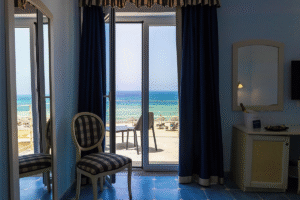Sicily is more than just Italy’s sun-kissed southern gem—it’s a living museum of ancient civilizations, a vibrant hub of architectural marvels, and a natural paradise marked by volcanoes and turquoise waters. For travelers seeking a blend of history, culture, and adventure, the UNESCO sites in Sicily offer an unparalleled journey through time and beauty.
Sicily’s UNESCO Legacy: A Tapestry of Time
Located at the crossroads of Mediterranean civilizations, Sicily is a land of layered history and rich cultural diversity. From Greek temples and Roman villas to Baroque towns and volcanic landscapes, the island has been shaped by countless influences over millennia. These unique traits have led to the recognition of seven UNESCO World Heritage Sites scattered across Sicily, each offering a distinct narrative.
This post contains affiliate links.
What Makes a Site UNESCO-Worthy?
UNESCO World Heritage Sites are chosen for their cultural, historical, scientific, or natural significance. In Sicily, this includes both human achievements, like majestic cathedrals and ancient cities, and natural wonders such as Mount Etna and the Aeolian Islands.
Arab-Norman Palermo and the Cathedral Churches of Cefalù and Monreale
Where East Meets West in Stone and Gold
Recognized in 2015, this site is a testament to the peaceful coexistence of Western, Islamic, and Byzantine traditions during the Norman rule of Sicily in the 12th century.
- Palermo’s Palatine Chapel showcases intricate mosaics and Arabic muqarnas ceilings.
- Monreale Cathedral boasts golden mosaics that stretch over 6,500 square meters.
- Cefalù Cathedral, built by Roger II, merges Romanesque structure with Byzantine decor.
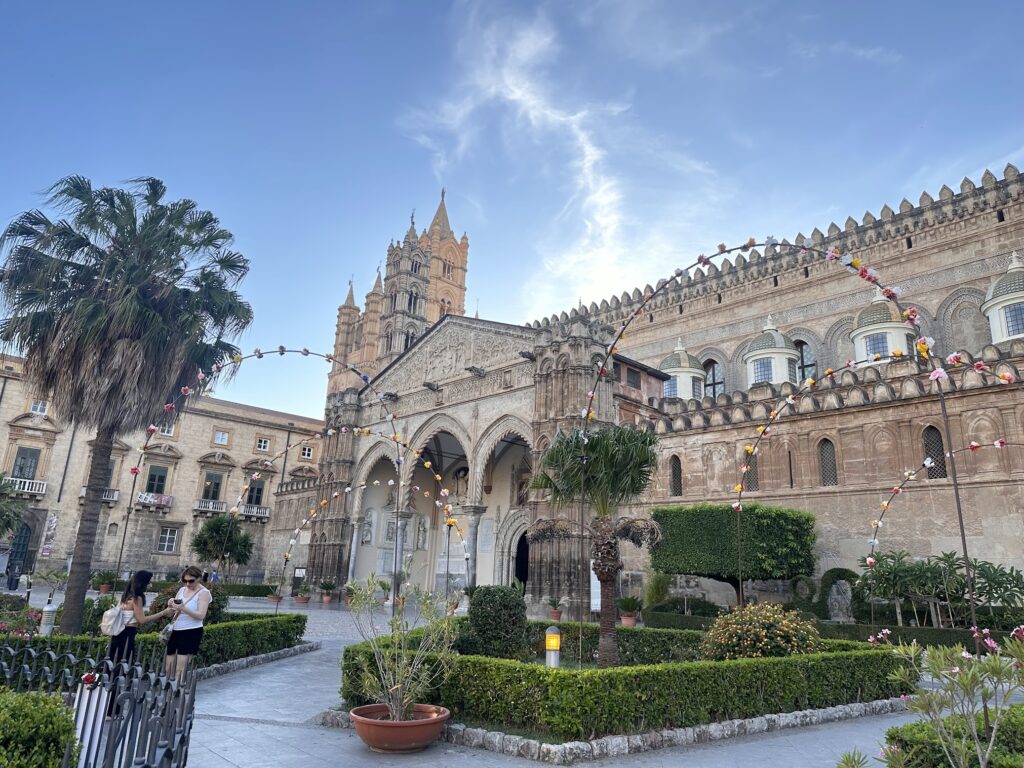
Traveler Tips:
- Best for: History buffs, architecture lovers, and photographers.
- Visit early in the morning to avoid crowds.
- Guided tours enrich your understanding of cultural symbolism.
Archaeological Area of Agrigento (Valley of the Temples)
The Glory of Ancient Greece in Italy
Listed in 1997, Agrigento’s Valley of the Temples contains some of the best-preserved Doric temples outside Greece. The Temple of Concordia is a striking highlight, standing almost intact for over two millennia.
- Other must-sees include the Temples of Juno, Heracles, and Zeus.
- The Archaeological Museum offers deeper context to your visit.
Traveler Tips:
- Ideal for: Families, solo travelers, and couples.
- Wear comfortable footwear; it’s a large site with uneven terrain.
Evening visits offer a magical atmosphere with illuminated ruins.
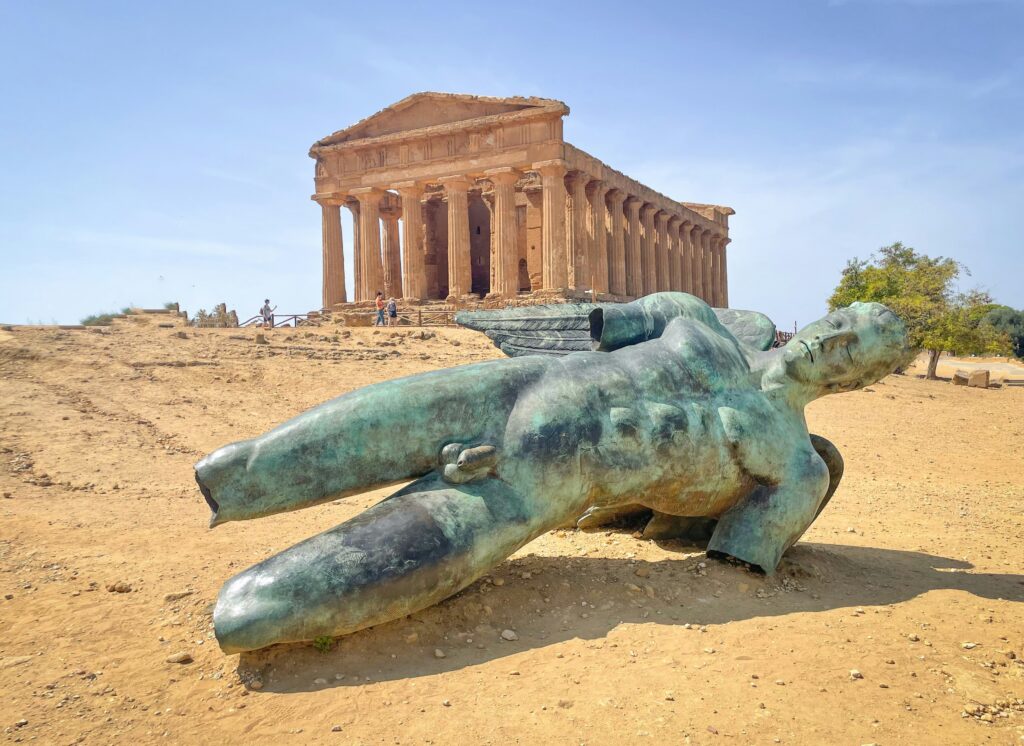
Mount Etna: Europe’s Fiery Marvel
Nature’s Power on Full Display
Mount Etna, Europe’s highest and most active volcano, joined the UNESCO list in 2013. It’s not just a geological wonder but also a place of myth, science, and adventure.
- You can explore lava caves, crater rims, and ancient lava flows.
- The fertile soil around Etna supports lush vineyards and pistachio groves.
Also, check out Is Sicily Safe and 5 Day Sicily Itinerary
Traveler Tips:
- Suited for: Adventure seekers, geology lovers, and families with older kids.
- Dress in layers and sturdy shoes.
Use certified guides for summit tours to ensure your safety.
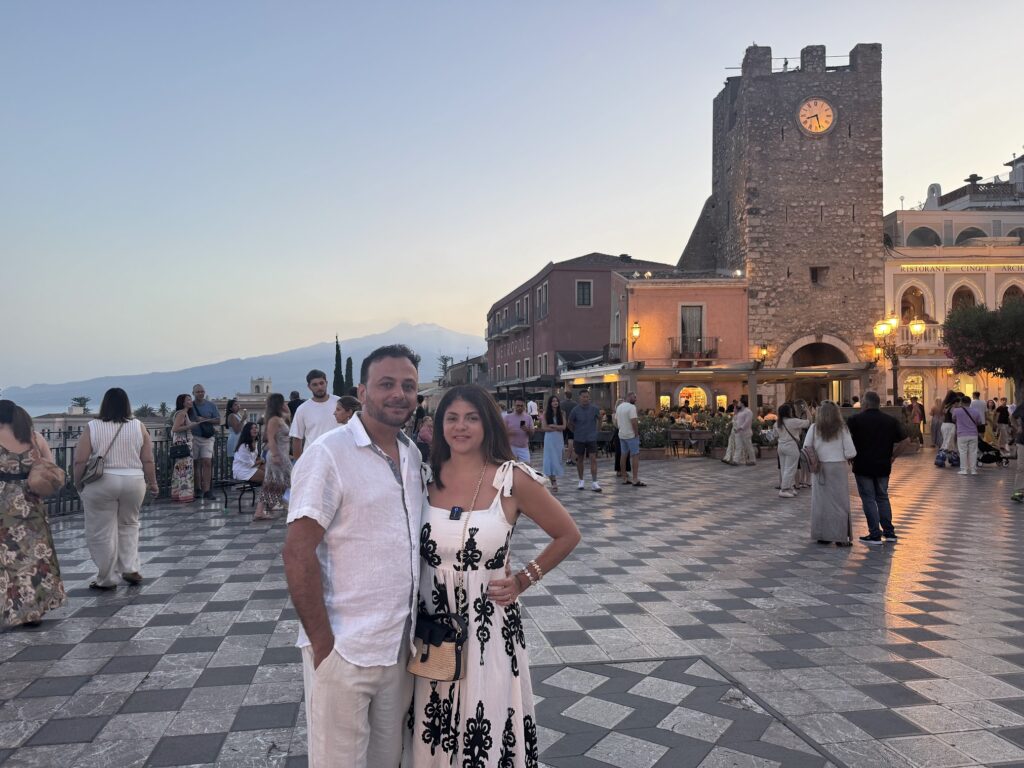
Syracuse and the Rocky Necropolis of Pantalica
Layers of Civilization Carved in Stone
This dual site, added in 2005, blends the grandeur of ancient Syracuse, once a rival to Athens, with the mystical tombs of Pantalica, dating back to the 13th century BC.
- In Syracuse, the Greek Theater, Ear of Dionysius, and the Temple of Apollo await.
- Pantalica offers a surreal hike through canyons lined with thousands of tombs.
Traveler Tips:
- Best for: Culture enthusiasts and nature explorers.
- Renting a car is ideal for reaching Pantalica.
- Bring water and sun protection for extensive outdoor walking.
Late Baroque Towns of the Val di Noto
A Phoenix Rises from Earthquake Ashes
After a 1693 earthquake devastated southeastern Sicily, towns were reborn in flamboyant Baroque style. Recognized in 2002, the Val di Noto includes eight towns, each with its own flair.
- Highlights: Noto (with its golden limestone cathedral), Ragusa, and Modica.
Modica is famous for its ancient Aztec-style chocolate.
Traveler Tips:
- Great for: Romantic getaways and architecture aficionados.
- Plan visits during spring festivals for a cultural treat.
- Try local pastries like cannoli and cassata.
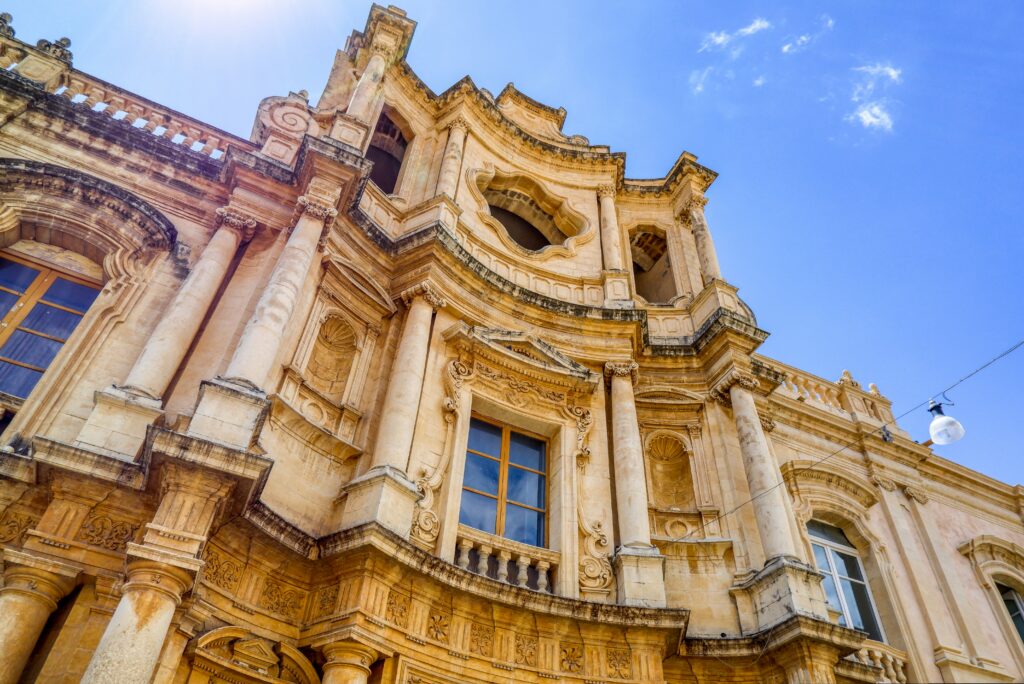
Aeolian Islands: Nature’s Volcanic Paradise
Seven Islands, Infinite Adventures
Designated in 2000, this volcanic archipelago offers dramatic landscapes and rich biodiversity. Each island has a unique character:
- Stromboli: Known for its constantly active volcano.
- Lipari: The largest island with a charming old town.
- Salina: Famous for capers and Malvasia wine.
- Book early in summer; accommodations fill quickly.
Traveler Tips:
- Ideal for: Nature lovers, divers, and adventure seekers.
- Consider a multi-day island-hopping tour.
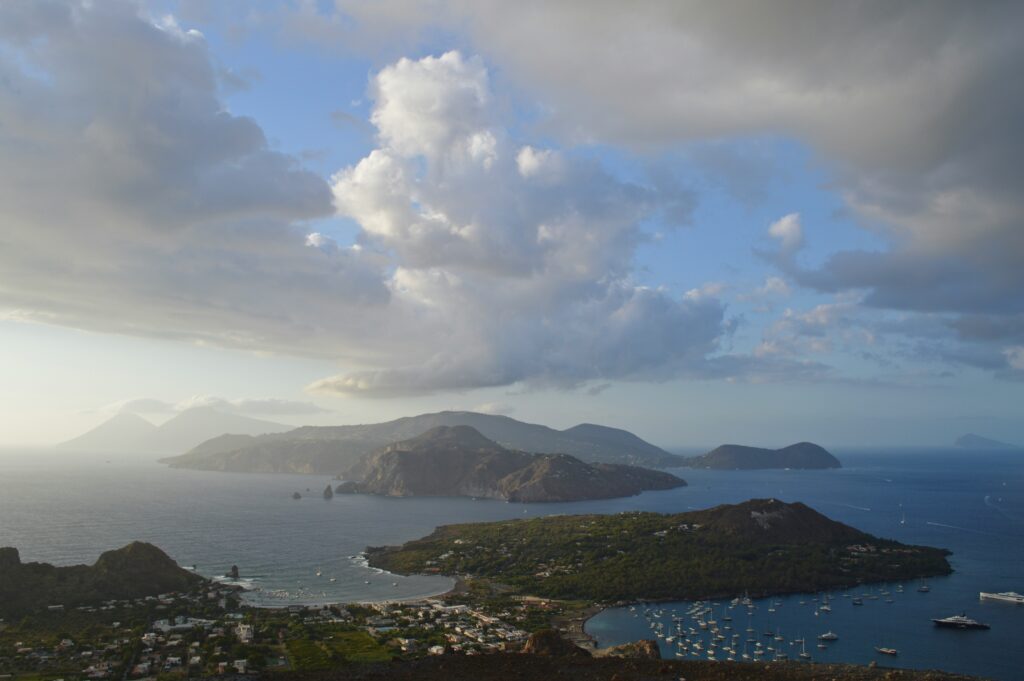
Villa Romana del Casale
A Roman Mansion Frozen in Time
Located in central Sicily near Piazza Armerina, this Roman villa is famed for its sprawling mosaics—over 3,500 square meters of them. Listed in 1997, it offers a glimpse into aristocratic life during the 4th century AD.
- Mosaic highlights: The “Bikini Girls,” hunting scenes, and mythological themes.
Traveler Tips:
- Best for: Families and history lovers.
- Visit early to beat crowds.
Audio guides or local guides enhance the visit.
Best Time to Visit Sicily’s UNESCO Sites
| Season | Pros | Cons |
| Spring (April-June) | Pleasant weather, blooming landscapes | Moderate crowds |
| Summer (July-August) | Festivals, long days | Hot weather, peak prices |
| Autumn (Sept-Oct) | Wine harvest, mild temps | Occasional rain |
| Winter (Nov-March) | Fewer tourists, budget-friendly | Limited access to some sites |
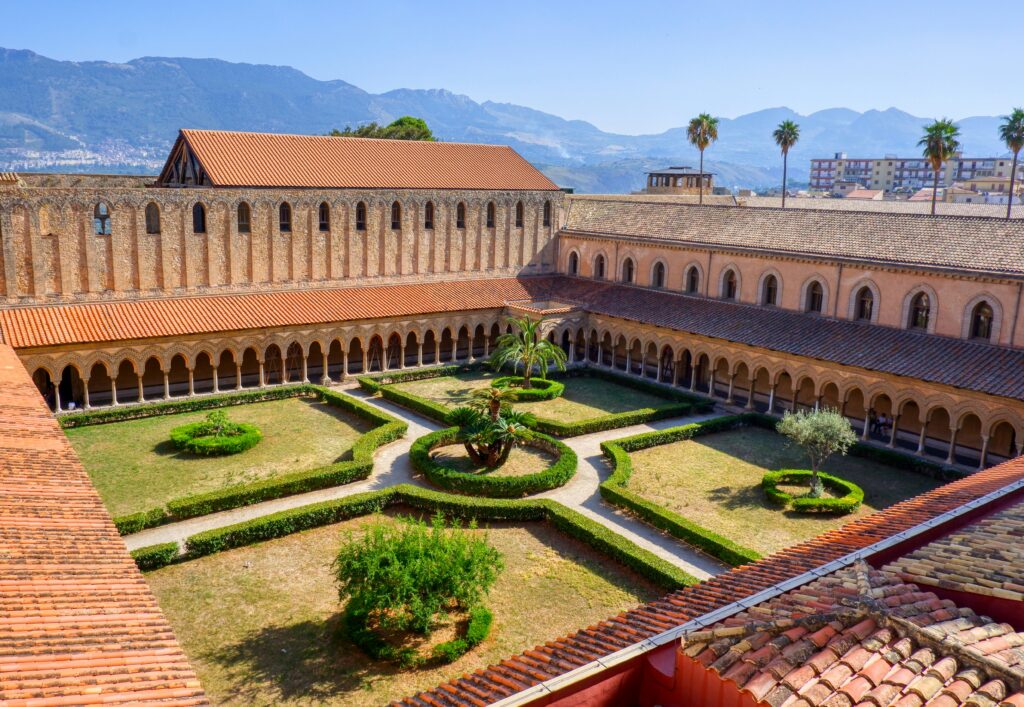
Transportation and Accessibility
- Renting a car is highly recommended for rural and inland sites.
- Public transport is sufficient for major towns but less reliable for remote spots.
- Plan ahead for ferry schedules to Aeolian Islands and Mount Etna tours.
Cultural Etiquette and Local Customs
- Dress modestly when visiting cathedrals and religious sites.
- Greet locals with a friendly “Buongiorno” and avoid loud behavior.
- Tipping is appreciated but not obligatory.
Recommended Itineraries
3-Day Quick Heritage Tour
- Day 1: Palermo and Monreale
- Day 2: Valley of the Temples
- Day 3: Mount Etna and Catania
5-Day Culture Combo
- Adds: Syracuse and Pantalica
7-Day Deep Dive
- Adds: Val di Noto, Villa Romana del Casale, Aeolian Islands
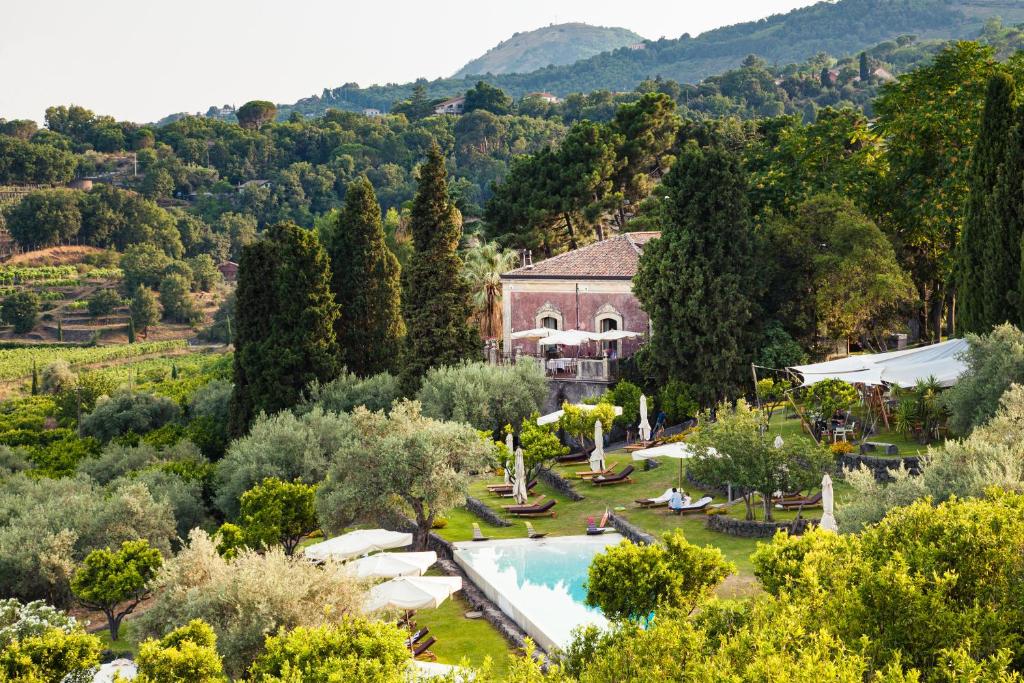
Where to Stay Near UNESCO Sites
| Region | Suggested Stay |
| Palermo | Quattro Canti Suites |
| Agrigento | Colleverde Park Hotel |
| Catania (Etna) | Monaci delle Terre Nere |
| Syracuse | Algilà Ortigia Charme Hotel |
| Val di Noto | Villa Favorita, Noto |
| Aeolian Islands | Hotel Bougainville, Lipari |
| Piazza Armerina | Agriturismo Gigliotto |
Sicilian Cuisine to Try While Touring
- Palermo: Arancini, Pane e Panelle
- Val di Noto: Almond pastries, Modica chocolate
- Aeolian Islands: Fresh seafood, capers
Agrigento: Pistachio-based dishes
Safety and Travel Insurance Tips
- Always check volcanic activity updates for Etna and Stromboli.
- Use travel insurance that covers natural events and health.
Be cautious of heat in summer; stay hydrated.
How many UNESCO sites are there in Sicily?
Sicily has seven UNESCO World Heritage Sites, covering cultural and natural wonders.
Is Mount Etna safe to visit?
Yes, with precautions. Check volcanic activity levels and go with a licensed guide.
Can I visit all the UNESCO sites in one trip?
Yes, with a well-planned 7 to 10-day itinerary.
Are guided tours necessary?
Not mandatory, but highly recommended for historical insights and ease
What’s the best season for cultural sightseeing?
Spring (April to June) offers ideal weather and manageable crowds.
Are these sites child-friendly?
Most sites are, especially Agrigento, Villa Romana, and Etna (with caution).
Conclusion
Exploring the UNESCO sites in Sicily is more than a trip—it’s a journey through time, culture, and the awe-inspiring beauty of nature. Whether you’re marveling at golden mosaics in Monreale, hiking the fiery slopes of Mount Etna, or savoring chocolate in Modica, Sicily offers experiences that linger in the heart long after the journey ends.



